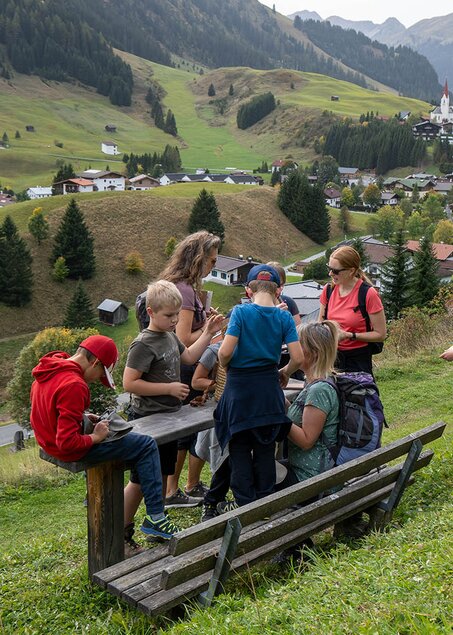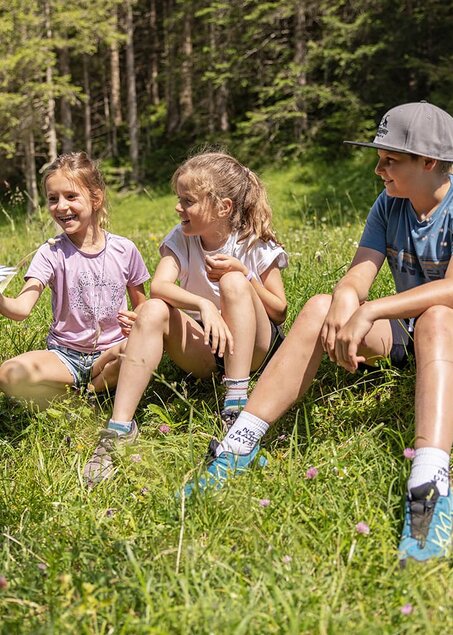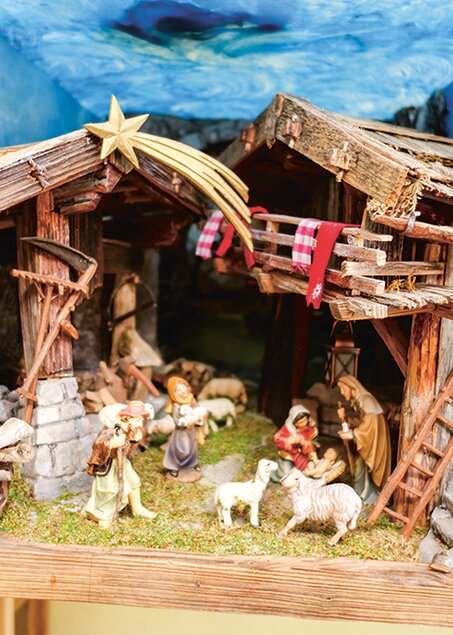Easter customs – cherished traditions for the holiday
Easter is just around the corner! And we know what that means – it’s time to embrace those beloved family Easter traditions, from dyeing and hiding eggs to indulging in the delicious Easter lamb.
Here we go again: the first signs of spring are popping up, with colourful chocolate bunnies gracing the shelves of supermarkets. Yes, you guessed it – Easter is getting closer by the minute! This year, Easter Sunday falls on 31 March. In Christianity, Easter holds great significance as believers celebrate the resurrection of Christ. But beyond its religious roots, it’s a joyous family affair for all ages. And what would Easter be without its rich traditions that truly make the holiday come alive?






